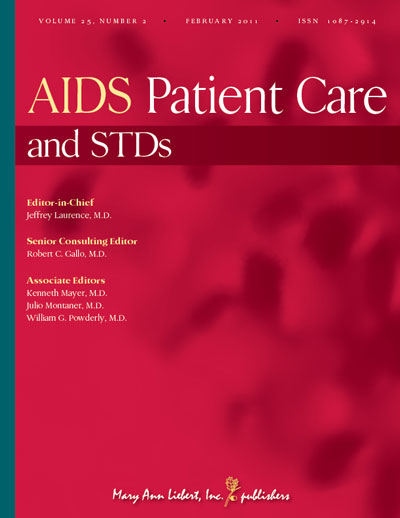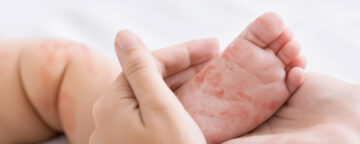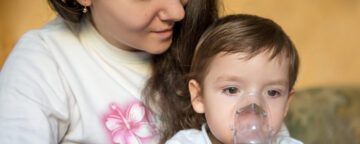Abstract:
Understanding the sexual risk behaviors of youths living with HIV/AIDS is critical to secondary prevention of HIV. As part of a larger qualitative study of youths living with HIV, in-depth interviews were conducted with 27 African American and Latino, HIV-infected young men who have sex with men, aged 16–24 years, living in New York City. The study explored the role of substance use, the social-sexual-environmental, and psychological contexts in which sexual risk behaviors occurred. Since learning of their HIV infection, the majority of participants had reduced their risky sexual behaviors; however, a subset (26%) of participants continued to have unprotected sex, in most cases with multiple partners. Substance use, the social environmental context of the sexual encounter, the psychological impact of HIV on sexual behavior, and partner characteristics were associated with high-risk sexual behaviors in this group. Among high-risk participants, factors associated with risky sexual behaviors clustered, with 57% reporting two or more factors. More intensive interventions are needed for this subset of youths living with HIV, including assessment and treatment for substance use and mental health issues, strategies for stress reduction, and partner interventions.
Authors
- Jeffrey Birnbaum
- Tiphani Burrell-Piggott
- Amy Bleakley
- Alwyn Cohall
- Alexandra Duncan
- Helen-Marie Lekas
- Destiny Ramjohn
- Eric Schrimshaw
- Karolynn Siegel
- Nancy VanDevanter



